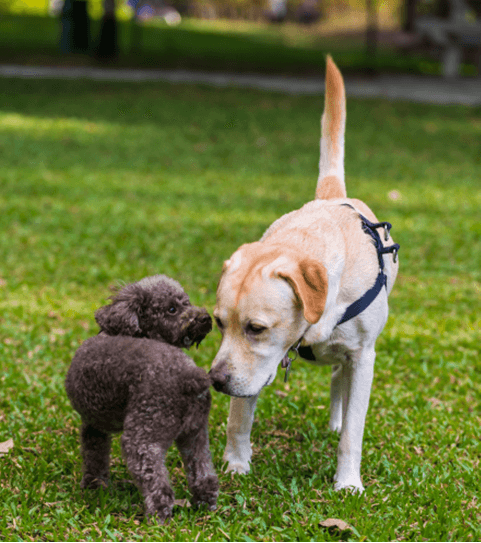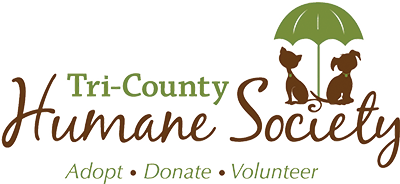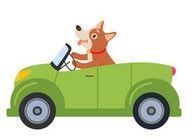
Editor’s Note: This is part one of a three-part series. Look for the other parts in the August and October newsletter.
Adopting a new pet is an exciting time, but resident pets may not share the same enthusiasm. Pet introductions can be stressful. Introductions gone wrong can lead to rehoming or returning a newly adopted pet.
What’s your dog really like?
Before bringing a new dog home, evaluate your resident dog’s personality and behavior. Is your dog outgoing? Reserved? Does he/she like other animals?
If your resident dog generally dislikes other dogs, you may want to reconsider adding another dog. Maybe your dog hasn’t interacted with many other dogs, so socializing him/her with other dogs before adding one to the household will likely improve long-term outcomes.
Even if your dog likes other dogs, are his/her basic manners solid? Does your dog consistently come when called? Or will he/she ignore you when there is something more interesting? Will your dog stay in one spot (bed or mat) until released from their position? Is your dog crate-trained? If these manners are lacking, focus on training first. Dogs with these basic skills will have an easier time managing their impulses and respecting the boundaries their owner has set and the boundaries of a new dog.
Slowly but surely ...
Start introductions with restrictions. Dogs on leashes held by different people or on opposite sides of a fence are good starting points. Talk and move in a calm and confident manner. Reward positive interactions. If they sniff each other respectfully, give a treat or praise. If one lies down, sits relaxed, or they engage in friendly play, give rewards.
If there is a negative interaction, do not scold but simply give the space needed. If one dog backs away, do not let the other continue to approach. Avoidance indicates discomfort or disinterest in interacting. If not respected, anxiety levels of the dogs can increase and lead to worse negative interactions. If one dog growls, do not scold. Simply stop and separate the dogs for the time being. Growling is their way of communicating their unhappy position. If they are not allowed to growl to express their state of mind, the next time they have the same feeling it could be communicated in a snap or bite.
Short and sweet!
Keep initial interactions short and positive. During the period of adjustment, provide separate spaces for both dogs. Each should have a personal space that includes food, water, toys, and a bed or resting spot where they do not need to compete for their basic needs. This can be done in many ways such as a separate room, setting up baby gates, x-pens, and large kennels/crates. Get creative. Make a point to interact with each dog individually.
Quality time with their owner sets up a foundation of trust and bonding. The pet-owner relationship is crucial, and it’s especially important that each dog feels secure in that relationship when they are faced with the stress of change.
Patience is key, no matter what!
Some adjustment periods may be brief and happy coexistence can happen within the first week. Others may take several weeks or months. Read the dogs’ signals and give them the appropriate space and time to set everyone up for success. Take things slow, practice patience, and seek help and guidance when needed.
Rose Hegerle, CVT, is TCHS’ Director of Veterinary Services. She has worked at TCHS since 2014. She has cats, dogs, reptiles, a hamster, fish, and tarantulas!









